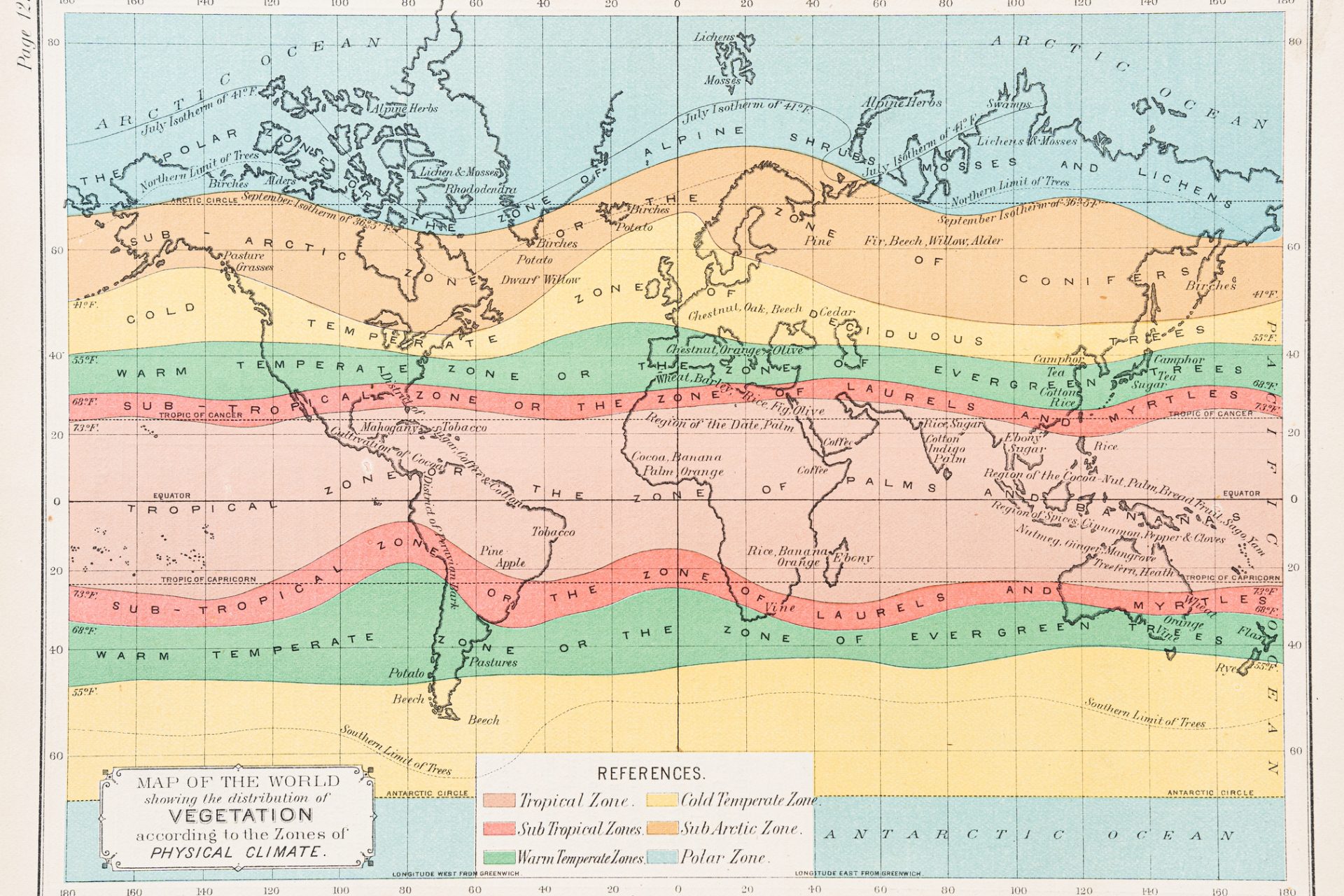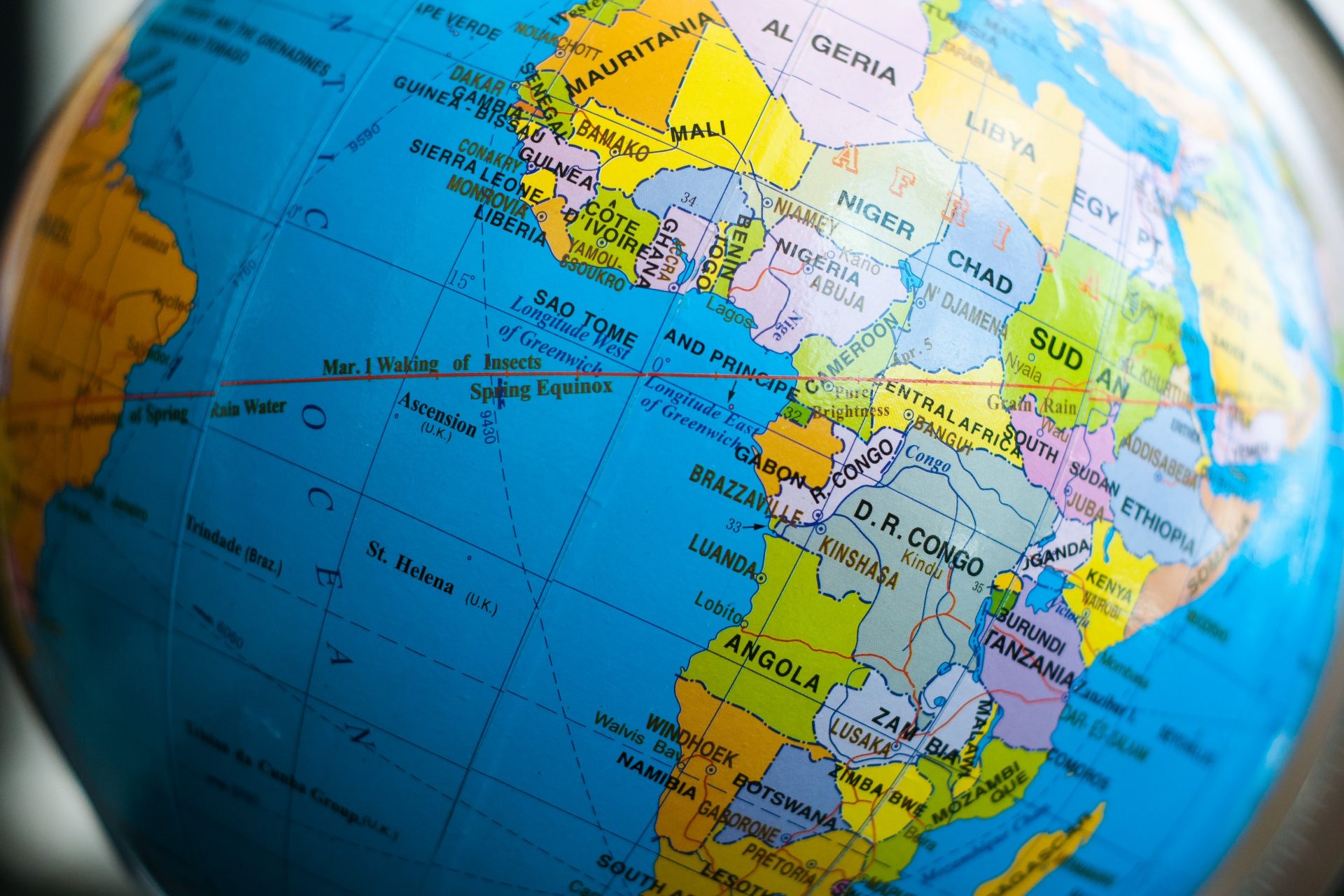Are latinos loud?
‘Latinos are loud’ is a common stereotype that we have often seen played out on movies and tv shows, such as actress Sofía Vergara’s character, Gloria, in ‘Modern Family’, to name one example.
New study shows it might be scientific
Some would argue it’s merely a stereotype, but a new linguistics study suggests that there might be some scientific truth to it.
Temperature influences the loudness of speech
According to a study published on December 5, in the online journal PNAS Nexus, ambient temperatures influence the loudness of certain speech sounds.
Photo: Lawrence Crayton/Unsplash
Languages in warmer regions are louder
According to linguist Dr. Søren Wichmann from Kiel University, “generally speaking”, languages in warmer regions are louder than those in colder regions.
Warm or cold air affect how we hear and talk
We are surrounded by air when we speak and listen, according to Phys.org, and spoken words are transmitted through the air as sound waves. So the physical properties of air influence how easy it is to produce and hear speech.
Photo: Ben White/Unsplash
Warm air absorbs high frequency
"On the one hand, the dryness of cold air poses a challenge to the production of voiced sounds, which require vibration of the vocal cords. On the other hand, warm air tends to limit unvoiced sounds by absorbing their high-frequency energy," Dr. Wichmann explained to Phys.org.
Photo: Nattu Adnan/Unsplash
Scientists analyzed huge language database
The researchers used the Automated Similarity Judgment Program (ASJP) database to test whether these factors actually have an effect on the development of languages. It currently contains the basic vocabulary of 5,293 languages.
Photo: Thought catalog/Unsplash
Languages are louder in the Tropics
The experts found that languages that occur in the Tropics, and around the Equator in particular, have a high average sonority, which means that it’s not only Latin American countries who are are loud, but also some African and Asian ones, plus half of Oceania.
Loudest languages are in Africa and Oceania
In fact, the languages with the highest sonority are not in Latin America, but in Africa and Oceania, the study showed.
Photo: Gonzalo Gutierrez/Unsplash
Quietest languages are in North America’s west coast
On the other hand, the languages with the lowest sonority in the world belongs to the Salish languages on the northwest coast of North America (in part of British Columbia and Alaska).
Photo: Alex Conradt/Unsplash
Some exceptions to the trend
But there are some exceptions to the trend, the researchers found. Some languages in Central America and on the Southeast Asian mainland have a rather low sonority, even though they are spoken in very warm regions.
Photo: Laurentiu Morariu/Unsplash
A clear relation between sonority and temperature
However, there is a “clear relation” between the average sonority of language families and the average annual temperature, Dr. Wichmann, co-author of the study told Phys.org.
Photo: Jonas Weckschmied/Unsplash
An explanation to exceptions
According to the linguist, the exceptions suggest that the effects of temperature on sonority develop slowly and only shape the sounds of a language over centuries or even millennia.
How environment shapes languages
The importance of this study contributes to the current conversation in the scientific world about how environment shapes languages.
Photo: Priscilla Du Preez/Unsplash
Before, it was believed that environment didn’t influence linguistics
Before, it was believed that languages were self-contained and not influenced in any way by the social or natural environment, the researchers said.
Photo: Jacek Dylag/Unsplash
New insights into human societies
The study also opens the path to new insights into human societies, the researchers said. In the topic of migration, for example, further studies could discover which languages predated others.
Photo: Sebastien Goldberg/Unsplash





























